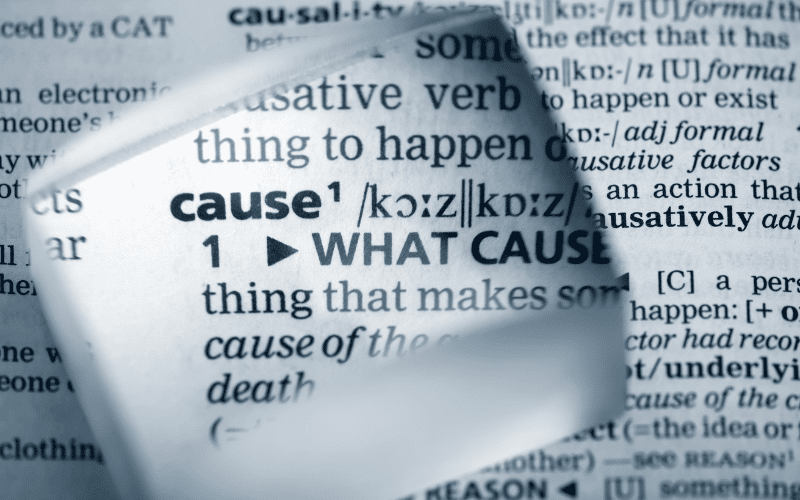3. Probing the Causes: The Twilight Triggers

The exact causes of Sundown Syndrome remain somewhat elusive. However, current understanding suggests that it might be the result of a combination of biological, environmental, and psychological factors. The changes brought on by dementia, particularly those affecting the brain’s internal clock and sensory processing abilities, are thought to be significant contributors.
From a biological perspective, Sundown Syndrome may stem from disruption in the internal clock, or the circadian rhythm. This internal system regulates sleep-wake cycles, and when dementia affects this area of the brain, it might result in increased confusion and agitation as daylight fades. Hormonal imbalances that occur with dementia might also contribute to Sundown Syndrome.
When exploring the environmental factors that could trigger Sundown Syndrome, low lighting and increased shadows during the evening stand out. For individuals whose sensory processing abilities are already impaired due to dementia, these changes in light and shadow can exacerbate feelings of confusion and fear. This, in turn, could lead to increased agitation, a characteristic symptom of Sundown Syndrome.
Fatigue is another element often tied to Sundown Syndrome. As the day draws to a close, individuals, particularly those with dementia, might find themselves physically and mentally exhausted. This exhaustion could make it difficult for them to process their environment and respond appropriately, thus triggering the symptoms associated with Sundown Syndrome. (3)